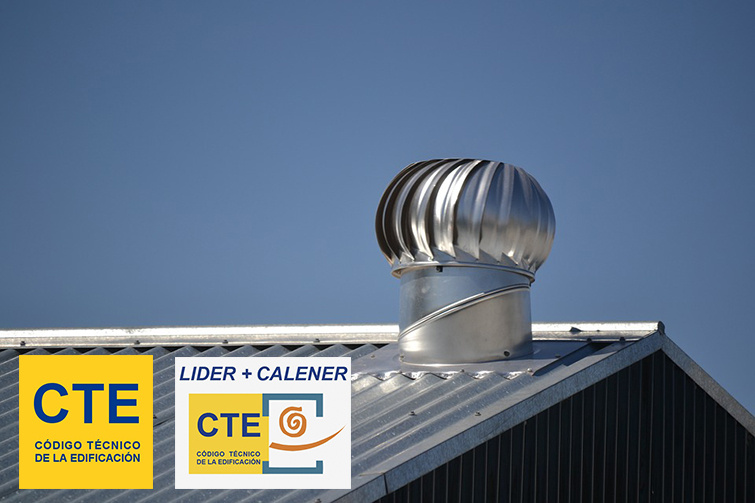On June 23, 2017, a series of updates were published in the CTE documentation. We will tell you in detail about the two main changes below.
Definition of NZEB building
On June 23, 2017, a series of updates were published in the CTE documentation. Firstly, section HE1 of the basic document DB-HE "Energy saving" has been modified in the scope of application of section HE1, redefining the buildings that are exempt from this regulation and defining a nearly zero-energy building as one that complies with the CTE approved in 2013.
Reduction of minimum ventilation flow rates
However, despite the importance of finally having a legal definition of what a nearly zero energy building is in Spain, the most important change in our opinion is the one introduced in the basic document DB-HS "Salubrity". In its section HS3 Indoor air quality, a review of the entire section number 2 is carried out, modifying the minimum air supply requirements in habitable spaces. This review implies a reduction in the supplied air flow since, in the previous version, the air supply in dry rooms was calculated by the number of occupants and the use of said room, without taking into account the size of the building.
Currently, the regulations distinguish buildings by the number of bedrooms, providing the minimum necessary flow rate depending on the quantity and use of each room, resulting in a reduction in the flow rate of between 1 and 2 l/s per space. Another change implied by the revision of section 2 is the review of extraction flows, which are now calculated the same way as discharge flows. In this way, there is no distinction between the kitchen and the sanitary chambers, allowing more flexibility in distributing these flows.
With all this, it is possible to better adjust the mechanical ventilation systems, reducing the necessary flow by between 20 and 40%.
In our opinion, it is a positive change, as these devices were previously oversized and in practice, users always operated them at the minimum speed.


